Transport Layer Protocols
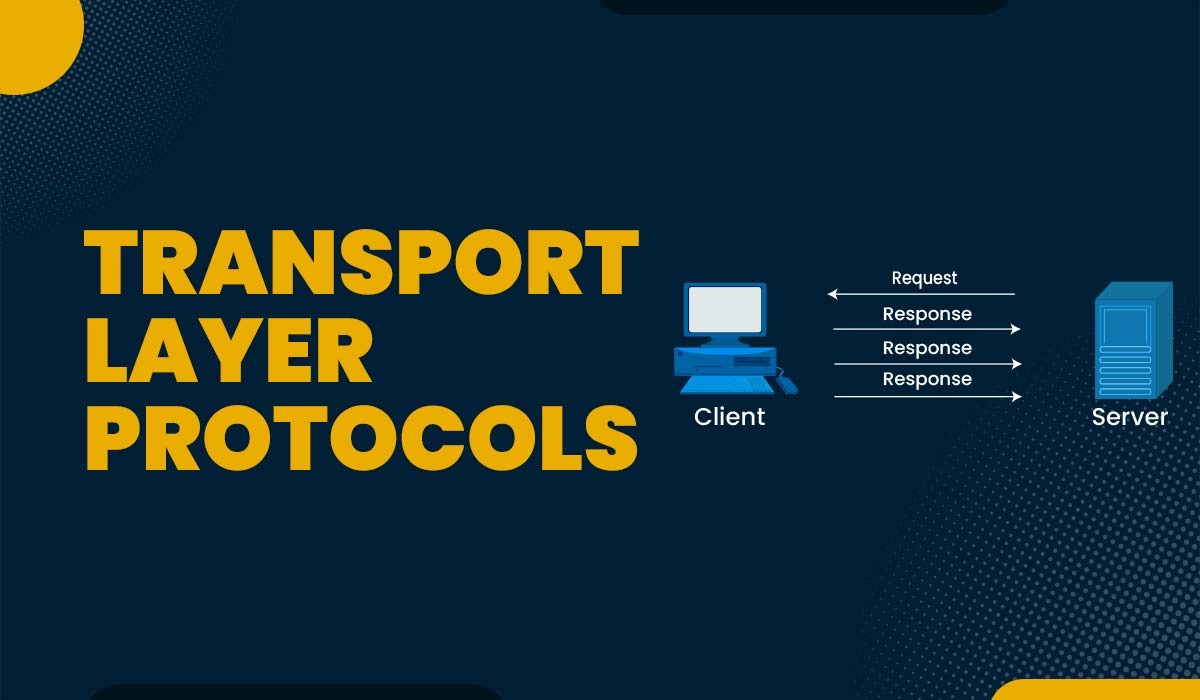
The transport layer is one of the seven layers of the OSI model, which is a reference framework that explains the process of transmitting data between computers. The OSI model was developed by ISO in 1984 and is now considered as an architectural model for inter-computer communications. Transport layer protocols play a significant role in defining how the transport layer performs its function. In this blog, we will explain the transport layer with its responsibilities and protocols used in transport layer in detail. Transport Layer Protocols are an essential part of networking as they provide a way to transmit data packets from one node to another. So, if you are learning CCNA or preparing to move ahead in your career with ENCOR 350-401 Training or other, you need to have a deep understanding of these protocols. Before moving to the transport layer protocols, let’s first understand the basic knowledge about the transport layer. The transport layer is the fourth layer in the OSI model that provides end-to-end delivery of data as well as reliable and efficient communication between two or more devices running on different hosts. It is responsible for ensuring the data that is delivered must be in the same order and without any error or loss. It operates above the network layer, which handles the routing of packets across different networks, and below the session layer, which manages the establishment and termination of connections. Below, we have shown the position of the transport layer in the OSI model. The transport layer carries out various responsibilities. Some of these are process-to-process delivery, multiplexing and demultiplexing, flow control, congestion control, data integrity, and error correction. Below, we have discussed each responsibility in detail. It is the job of the transport layer to guarantee that data is transferred from one process to another independent of network layer protocols. It employs port numbers to distinguish between the source and destination processes. Port numbers are logical identifiers that help differentiate various programs on the same host. For example, port 80 is commonly used for web servers, port 25 for email servers, and so on. The transport layer can multiplex multiple application data streams into one transport layer data stream and demultiplex them at the destination. This allows multiple applications to share the same network resources. In order to regulate the amount of data that can be sent by the sender and received by the receiver and considering their buffer space and processing capacity, the transport layer implements flow control techniques such as sliding windows or stop and wait. The transport layer continually checks network conditions in order to alter data transmission rates to avoid overwhelming network resources and congestion. It utilizes algorithms such as start, congestion avoidance, quick retransmit, and fast recovery for congestion control. To guarantee that transmitted data stays uncorrupted or unmodified throughout transmission, the transport layer employs error detection methods such as checksums or cyclic redundancy checks (CRC). It may also repair problems using techniques like retransmission, acknowledgment, and timeout mechanisms. Now that we have a basic understanding of the transport layer, let’s discuss the protocols used in transport layer in detail. Transport layer protocols are the rules and standards that define how the transport layer functions and interacts with other layers. Mainly, there are three types of transport layer protocols. These are: Let’s discuss these protocols in detail. UDP is a connectionless and unreliable protocol that offers fast and simple transferring of data. UDP does not guarantee the delivery of data. Apart from this, UDP does not carry out various other functions such as flow control, congestion control, or error correction mechanisms. When we talk about UDP, it is primarily suitable for applications that require low latency, high throughput, or real-time communication. Some of the applications of UDP are voice-over IP (VoIP), video streaming, and online gaming. Now, the question that arises is how data transfer occurs in the UDP case. Below, we have discussed in simple steps. TCP is a connection-oriented and reliable protocol that offers a secure transfer of data in an orderly manner. TCP guarantees the delivery of data by establishing a connection. Apart from this, TCP offers flow control, congestion control, and error detection mechanisms. It is suitable for applications that require reliability, accuracy, or integrity of data. Examples of TCP include web browsing, email, file transfer, or remote access. Now, the question that arises is how TCP operates. Below, we have explained the TCP’s functioning in detail. Let’s discuss the third type of transport layer protocol, i.e., SCTP. SCTP is a connection-oriented protocol. With the help of SCTP, data is sent in full duplex mode from sender to recipient. It is unicast in nature, allows point-to-point connections, and employs many hosts to reach the target. It makes it easier to establish a connection across a wireless network. The SCTP protocol ensures dependable data delivery. SCTP offers a reliable and simpler phone call via the Internet. The multihoming feature of the SCTP protocol is supported; that is, it is independent of the IP layer and may create many connection paths between the two communication locations. By prohibiting half-open connections, the SCTP protocol further improves security. These are the three Transport Layer Protocols. Transport layer protocols are rules and regulations mainly used to assist the transport layer in interacting with other layers of the OSI model. Mainly, there are 3 types of transport layer protocols, namely UDP, TCP, and SCTP. The transport layer, i.e. layer 4 protocols, defines the rules and standards for the transport layer functions and interactions with other layers. The two main transport layer protocols are TCP and UDP. TCP stands for Transmission Control Protocol, and UDP stands for User Datagram Protocol. TCP and UDP are protocols for data transmission. TCP ensures reliable and ordered delivery, but is slower. UDP is faster, but does not guarantee delivery or order. In this blog, we have discussed what the transport layer is, the different responsibilities, and different types of transport layer protocols. We have learned that UDP, TCP, and SCTP are the three main types of transport layer protocols, all having different functions and performances. Feel free to comment below if you have any suggestions or doubts regarding the topic. For any Networking Training, checkout our courses.Introduction
What is Transport Layer?
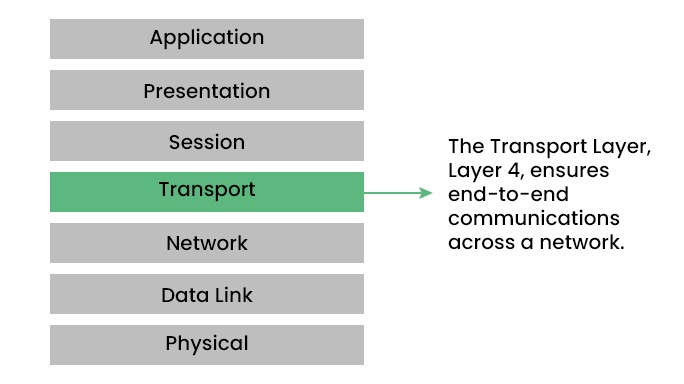
Responsibilities of Transport Layer
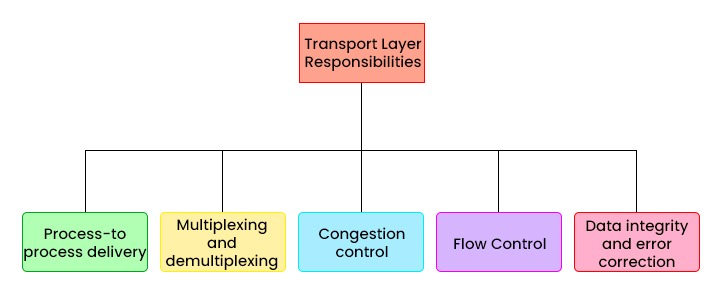
Process-to-process delivery
Multiplexing and demultiplexing
Flow control
Congestion control
Data integrity and error correction
What are Transport Layer Protocols?
UDP (User Datagram Protocol)
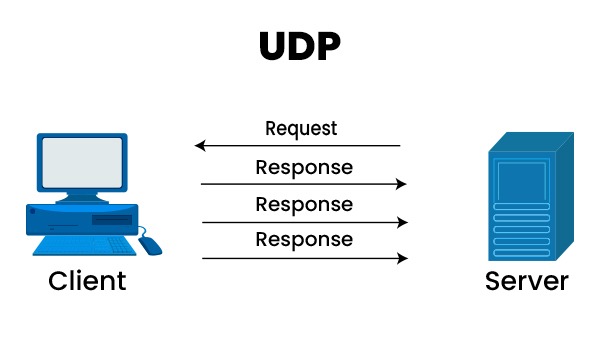
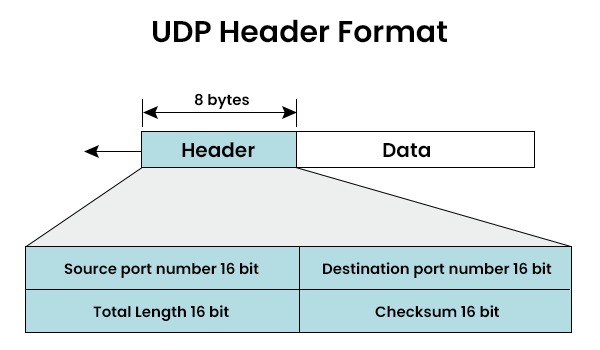
TCP (Transmission Control Protocol)
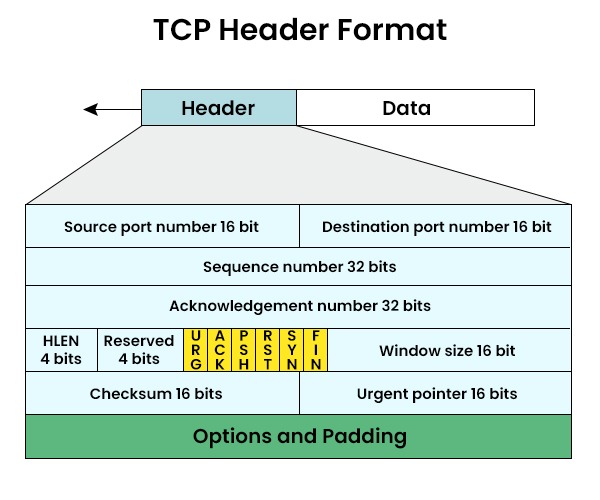
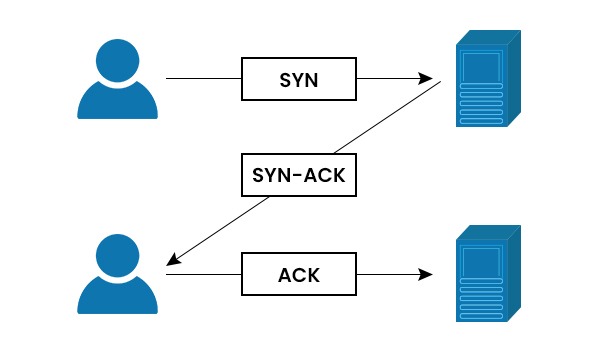
SCTP (Stream Control Transmission Protocol)
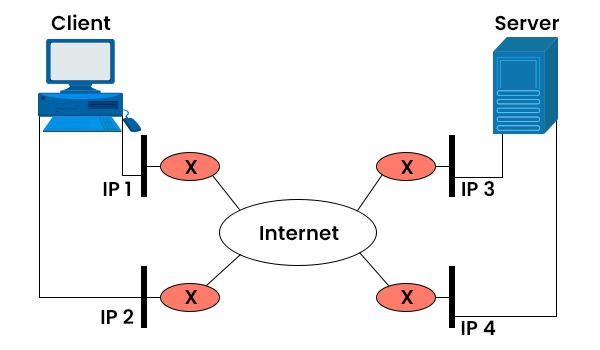
Frequently Asked Questions
Q1. What are the transport layer protocols?
Q2. What are the transport layer 4 protocols?
Q3. What are the two main transport protocols?
Q4. What is TCP and UDP?
Conclusion







